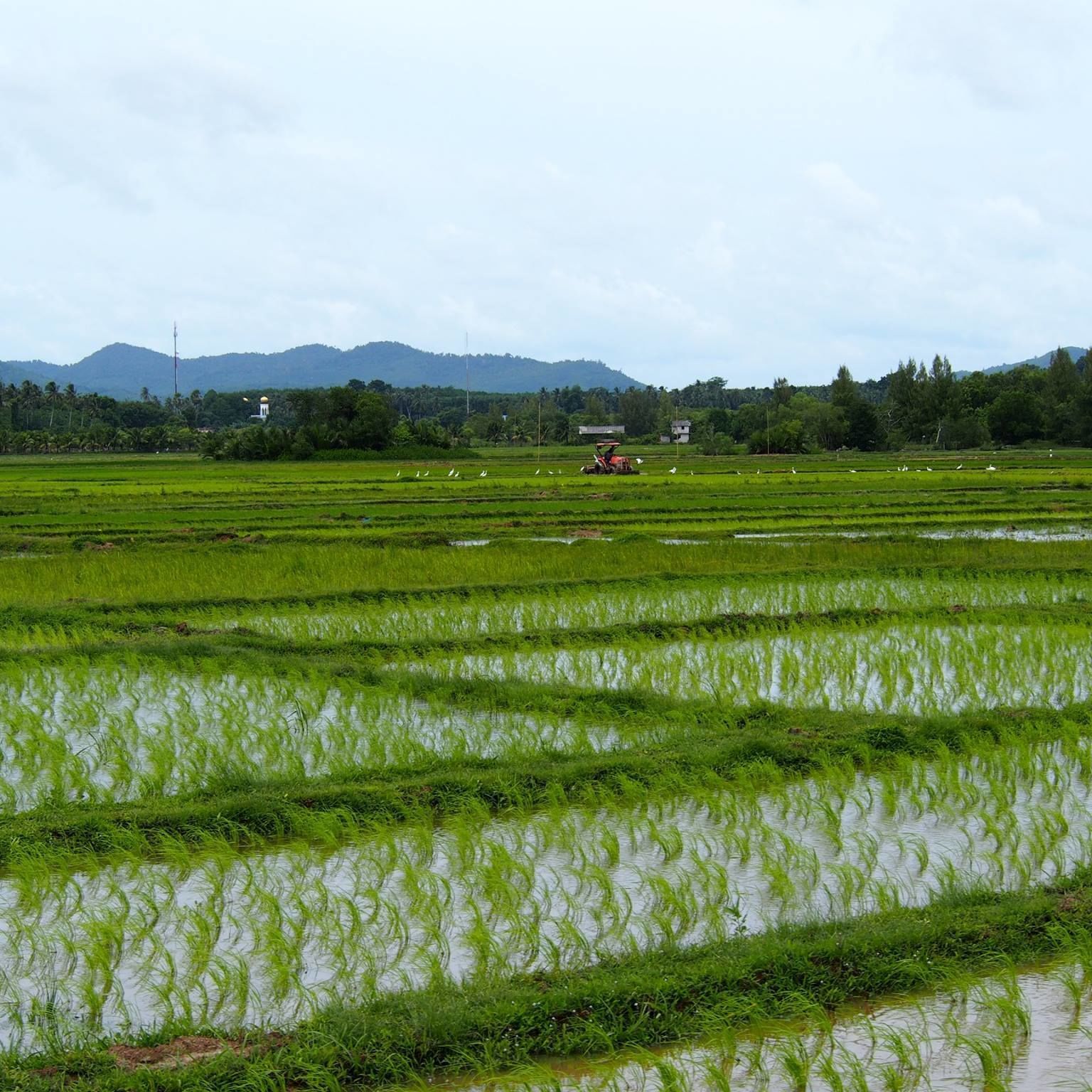
Paddy fields in Thailand
Rice fields are a major source of atmospheric methane (CH 4), a greenhouse gas.CH 4 emissions from wetland rice fields represents globally 15-20% of the annual anthropogenic CH 4 emissions, and about 4% of the global CH 4 emissions. Methane emission from rice cultivation may increase from the 1990 level of 97 Tg/year to 145 Tg/year by 2025 due to the increase in acreage and intensification.

Small green rice plants growing in the shallow paddy fields, rice paddies with mud dividing
Rice paddy farming is believed to have originated in China, where the earliest known paddy field dates back more than 9,400 years, according to a new study.
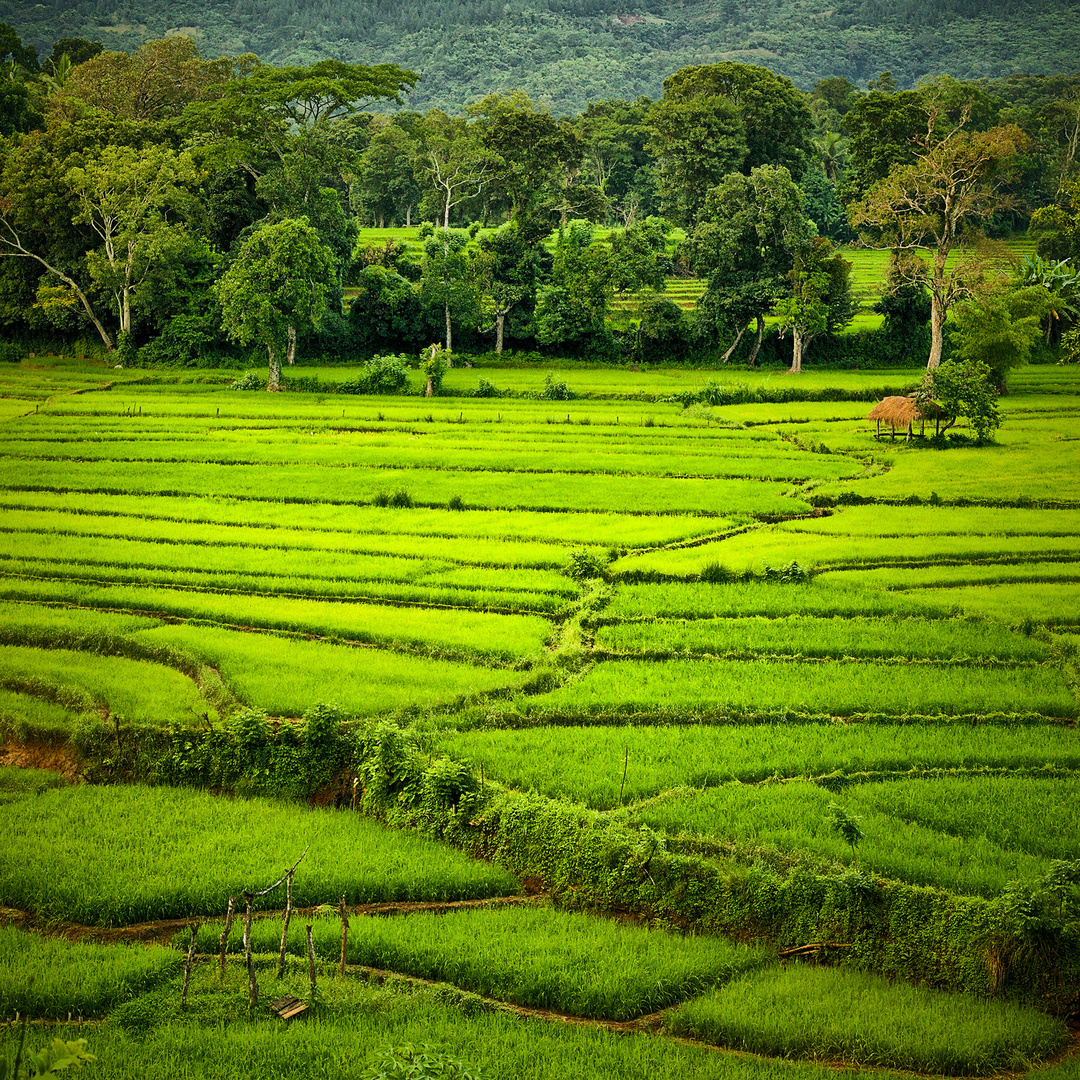
Paddy Field photo & image asia, sri lanka, south asia images at photo community
Rice runs a close second in water usage to alfalfa, California's thirstiest crop, requiring about five acre-feet per growing season. With more than 500,000 acres of rice fields in California, a normal year could total 2.5 million acre-feet, or almost 55 percent of Shasta Lake's full capacity.

Fresh green paddy rice field HighQuality Nature Stock Photos Creative Market
We can take into consideration the following steps to prepare the rice paddy. Step 1: Construction or repair of dikes. In general, dikes help the field hold water from rainfall. We can build 19×12 inches (50×30 cm) dikes around the field. Many rice farmers report that each channel has a 1,1-1,9 inches (3-5 cm) height.

rice paddy Google Search Projects to Try Pinterest
Julian Brown,. Saul A. Cunningham, in Advances in Ecological Research, 2021 4.2.2 Introduce agricultural plants Rice fields cultivated in this region are similar to natural marshes at a coarse resolution as they are regularly flooded and dominated by grass.

FileRed Rice Paddy field in Japan 004.jpg
A paddy field is a flooded field of arable land used for growing semiaquatic crops, most notably rice and taro. It originates from the Neolithic rice-farming cultures of the Yangtze River basin in southern China, associated with pre-Austronesian and Hmong-Mien cultures.
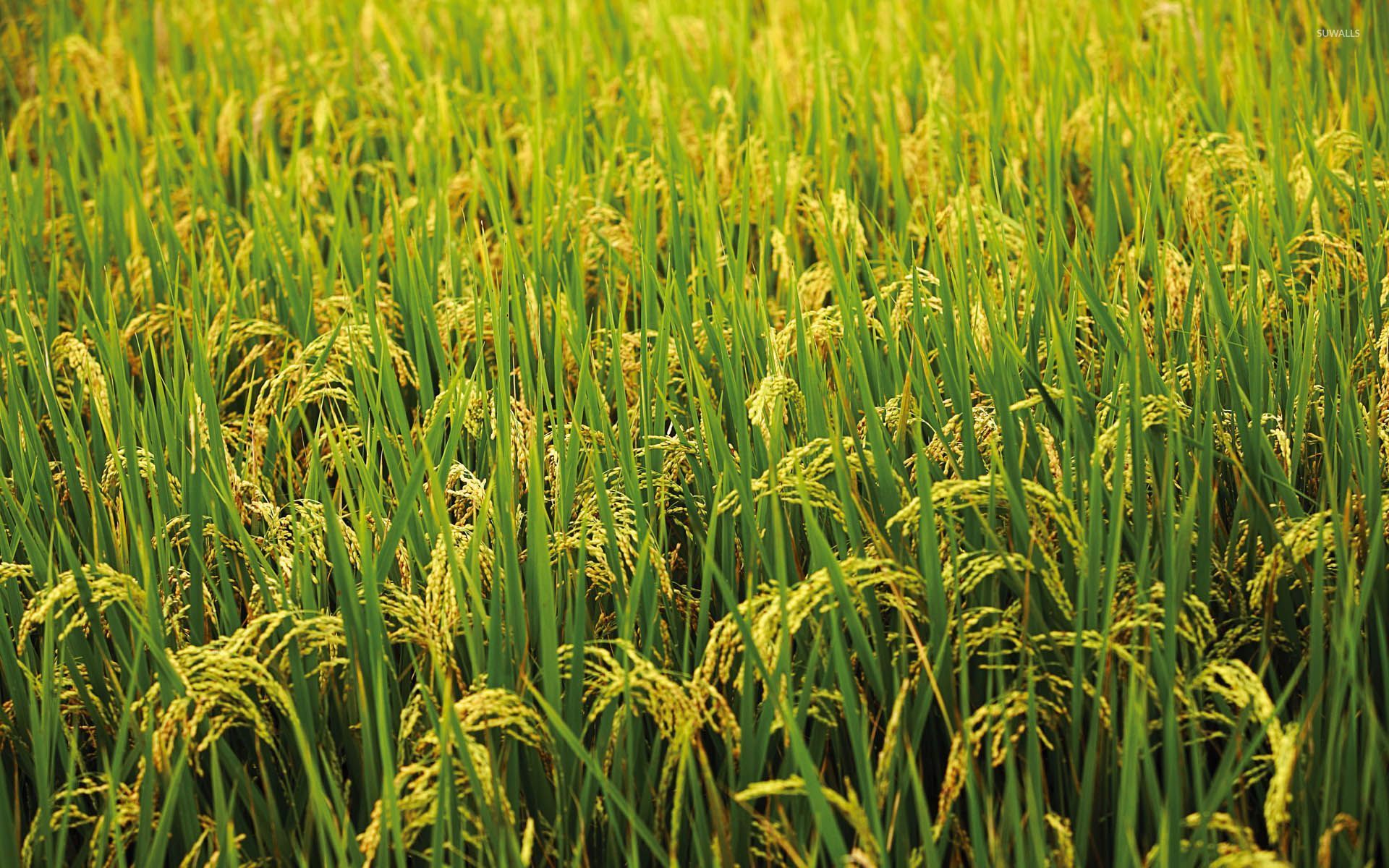
Free photo Rice field Field, Food, Green Free Download Jooinn
Paddy fields are used to cultivate rice, the staple food in Japan. These fields are generally made by plowing the earth in a wide-open lowland area. However, about 70% of the land in Japan is covered with mountains or hills. Japan has few lowland areas, and this is one of the characteristics of the country.

FileRed Rice Paddy field in Japan 005.jpg
Although irrigation systems largely sustain global agricultural production, their efficiency is often alarmingly low. While irrigation water (blue water) is critical for the water-saving irrigation of rice with a high water demand, the process and efficiency of irrigation water utilization need clarification. In this study, we examined the three commonly used irrigation and drainage patterns.

Paddy rice field background HighQuality Nature Stock Photos Creative Market
1. Introduction. Rice (Oryza sativa L.) is the main staple food for more than half of the world's population and is crucial to world food security.China's paddy area accounts for 18.5% of the world's paddy area, while rice production accounts for 28% of the world's total rice production (FAOSTAT, 2019).Global rice consumption has been increasing following population growth.
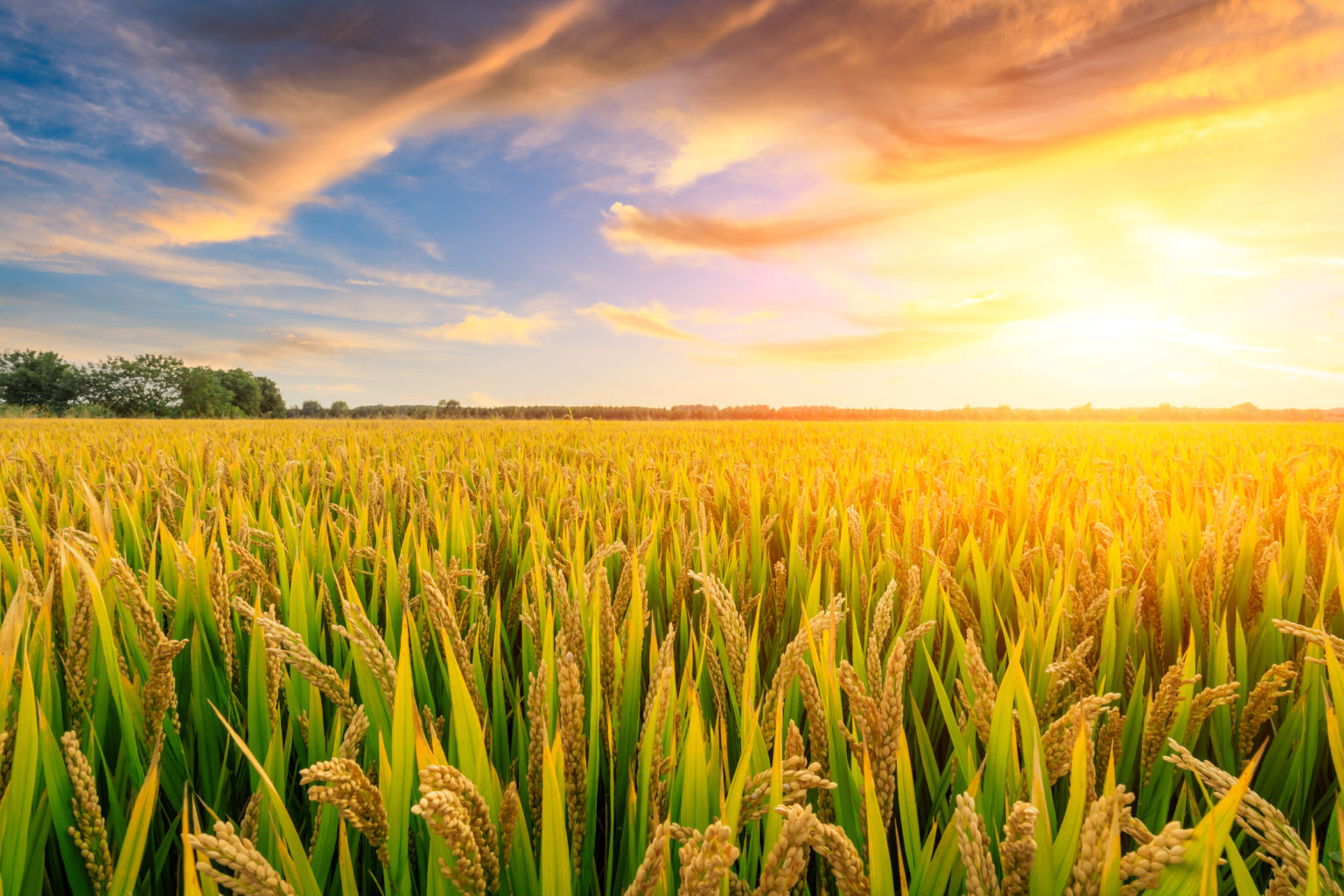
Ripe rice field and sky background at sunset Monty's Plant Food
Dec. 12, 2023, 4:31 AM ET (The Hindu) Govt. will buy discoloured paddy from cyclone-affected farmers, says CM paddy, small, level, flooded field used to cultivate rice in southern and eastern Asia.
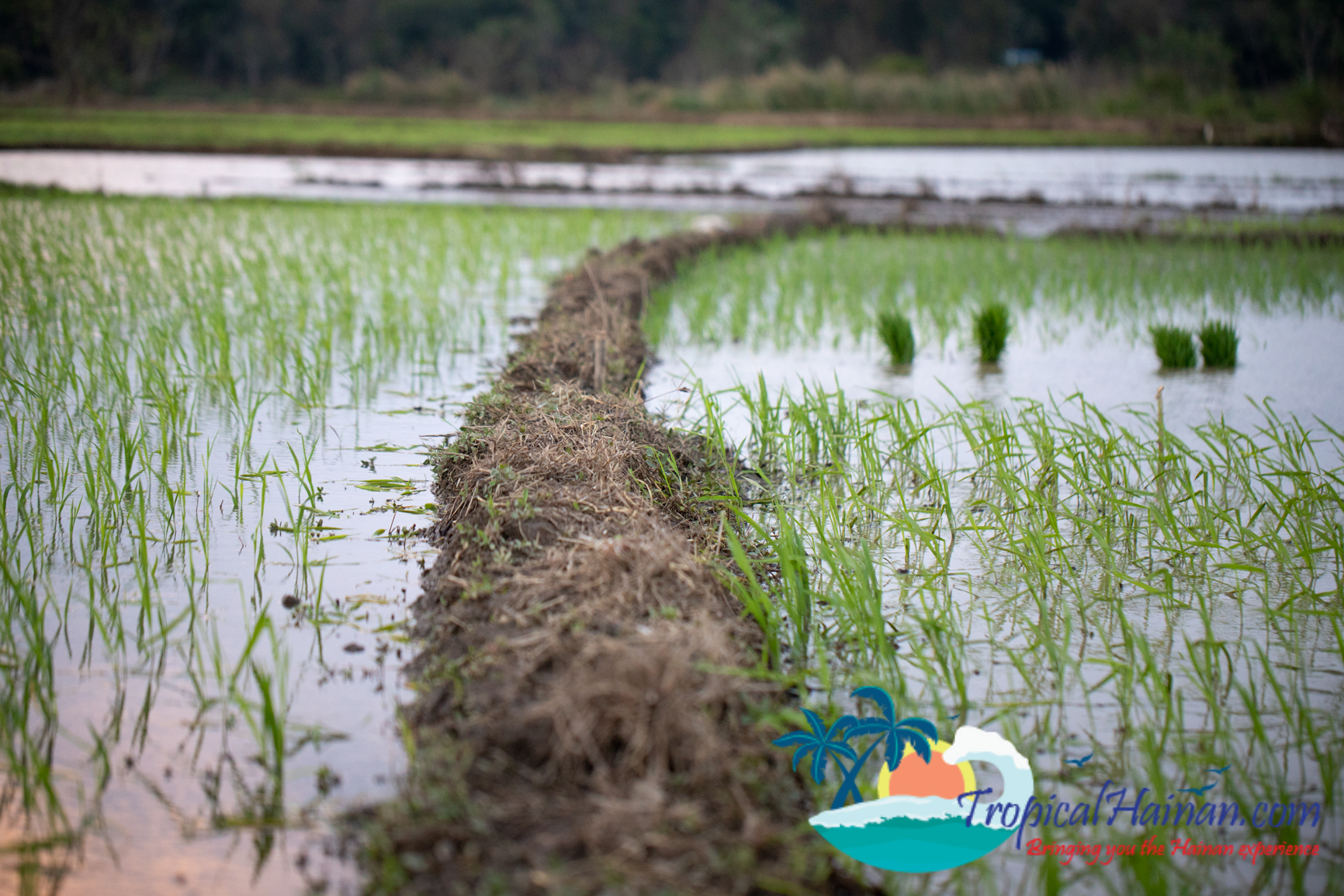
Spectacular views of rice paddy fields in the Haikou countryside
The total global area of rice paddy fields is c. 1.6 billion ha (FAO, 2012).Because paddy fields are inhabited or temporarily used by many aquatic animals, they are considered to play an important role as alternatives to natural wetlands (Kiritani, 2000; Lawler, 2001; Washitani, 2007).However, animals in paddies are vulnerable to human impacts through cultivation management.

Rice paddy field
Rice, which is the principal Japanese food, is produced in paddy fields. Paddy fields are agricultural lands that can be flooded and are surrounded by ridges (Tabuchi 1999) (Fig. 4.14). Paddy fields are composed of three layers from top to bottom: the plow layer, hardpan and subsoil layer (Fig. 4.15). The plow layer is at a depth of 10-15 cm.
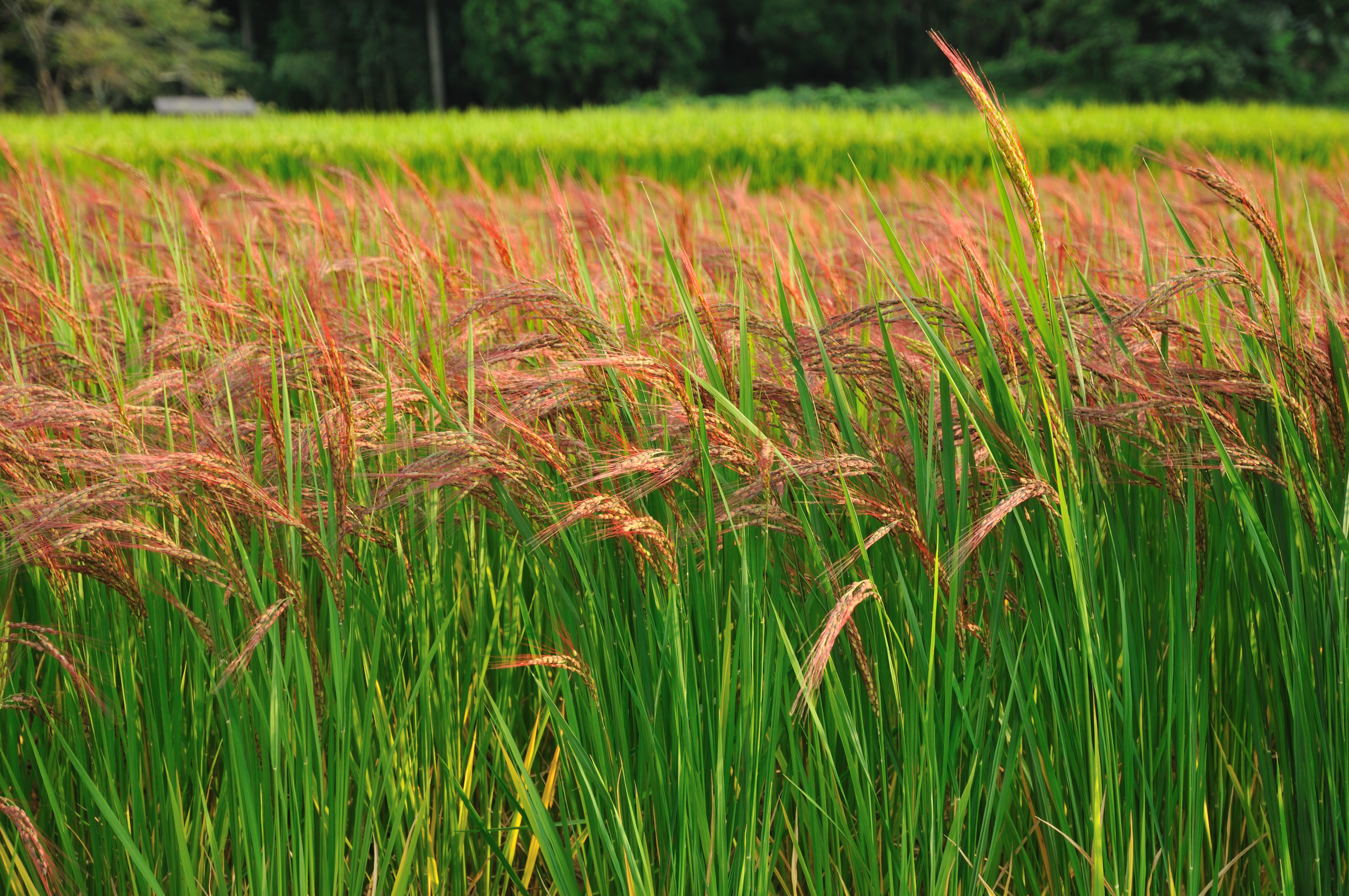
FileRed Rice Paddy field in Japan 002.jpg
We propose that (1) flooding time, (2) shallow water level, (3) harrowed field type, and (4) 5-7-day management intervals at each paddy could better integrate shorebird conservation with rice.

Fields, Paddy, Crops, Greenery, Rice, field, agriculture free image Peakpx
The discovery of the paddy sites suggested that rice farming was already an economic pillar in early Chinese cultures like Hemudu and Liangzhu. "We discovered five prehistoric human village sites in an area of one square kilometer around the rice fields," Wang added, noting that villagers nearby were likely to be those who farmed the fields.

Rice paddy field by Suppalak Klabdee
Early history Wooden mortar and pestle found in the rice loft on Briars Plantation, John's Island ( Charleston County ), South Carolina. It is believed to have been used in husking and/or polishing rice which was grown on the plantation. The age is unknown. Winnowing barn at the Mansfield Rice Plantation, Georgetown, South Carolina

Close up ear of rice in paddy field featuring field, rice, and paddy Food Images Creative Market
These two ecosystems constitute what is generally regarded as paddy rice fields (Kögel-Knabner et al., 2010). Paddy rice is primarily puddled and transplanted, although wet-direct and dry-direct seeding is on the increase. Rainfed upland rice ecosystems are highly heterogeneous and prone to multiple abiotic stresses.